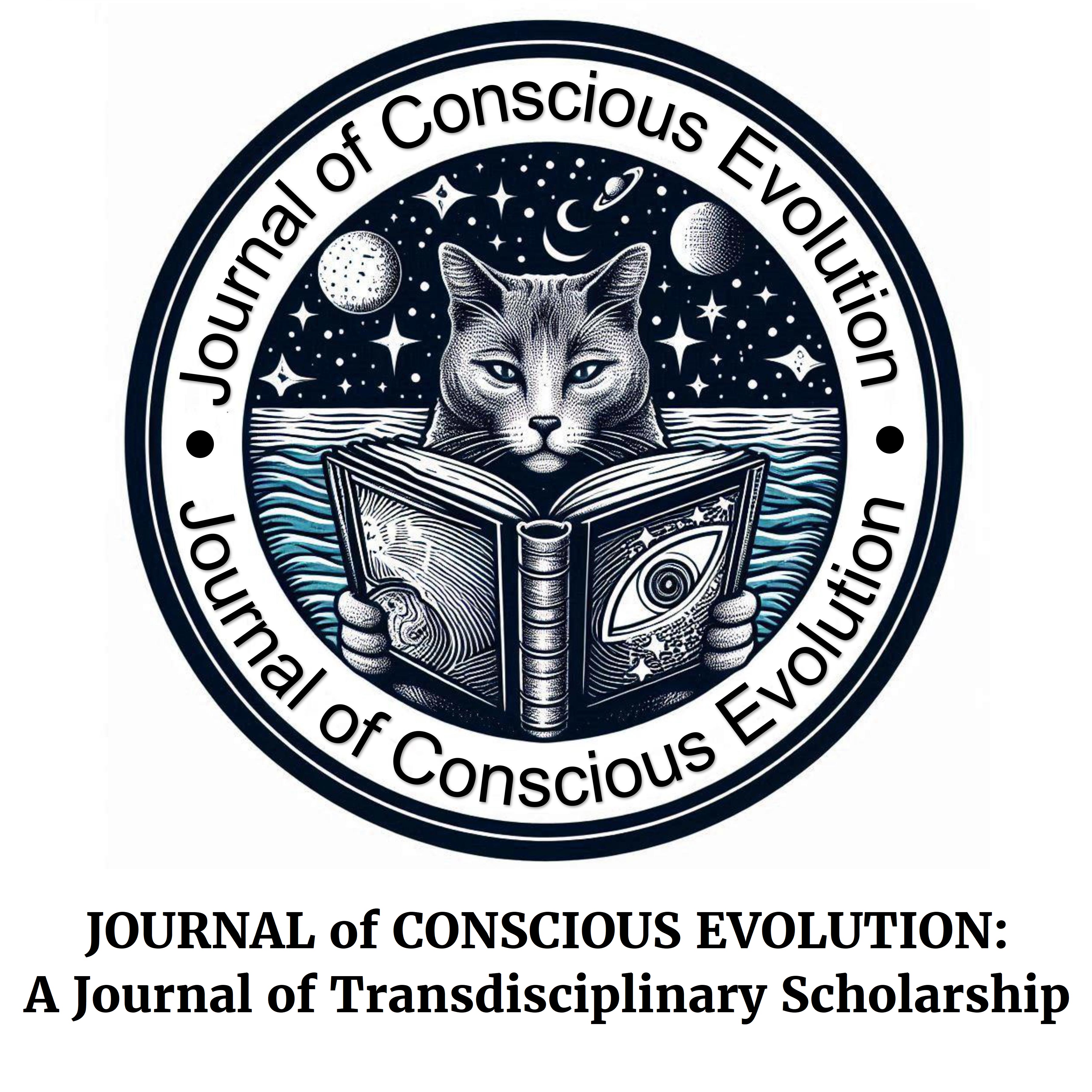
Abstract
Chi Kung Facilitates Integral Growth: An Empirical Investigation C. Arnold, E. Bruggerman, H. Kim, & A. Combs[1]
Swiss cultural philosopher Jean Gebser (1949/1986) proposed a theory of the evolutionary development of structures of consciousness that describes the common ways people living in different periods of history interpreted reality and constructed their worldviews. These included four major structures corresponding to four historical epochs, an archaic, magic, mythic, and mental structure which remains dominant today. Citing changes in art, literature, and scientific during the 20th century, Gebser also proposed the emergence of a forthcoming fifth structure, that he termed integral consciousness.
The transitions from each structure to the next, which Gebser termed mutations, do not imply the replacement of previous structures. Rather, as Feuerstein (1987) and Combs (2002) note, there is a sense of increasing complexity with each successive new mutation, in which a structure comes to dominate the earlier ones. Thus, the modern human, operating predominantly in the mental structure of consciousness, continues to experience the world to some degree through the older structures as well. These structures are described elsewhere, and will not be reviewed here (Combs, 2002; Gebser, 1949/1986; Feuerstein, 1987; Wilber, 1981).
The integral structure of consciousness, however, incorporates a balanced synthesis of all four earlier structures, and was regarded by Gebser as the highest potential for human experience. Although Gebser focused mostly on the emergence of integral consciousness in terms of its wide occurrence across the human species, late in his life he came to regard meditation and other spiritual practices valuable for the cultivation of integral consciousness (Combs, 2002). Gebser was particularly fond of Taoist thought, acknowledging the play of all structures in Taoist practices and philosophy (Combs, 2002; Gebser, 2000).
This study was designed to detect the growth of the integral structure of consciousness in long-term practioners of Sundo, a holistic Chi Kung discipline that involves both physical and mental practices as well as the cultivation of character (Kim, 1998, 2000). Such growth might manifest itself as growth in the archaic, magical, mythic and mental structures said to come into balance in integral consciousness.
Recommended Citation
Arnold, C.., Bruggerman, E.., Kim, H.., & Combs, A.. (2018). Chi Kung Facilitates Integral Growth: An Empirical Investigation. Journal of Conscious Evolution, 1(1). https://digitalcommons.ciis.edu/cejournal/vol1/iss1/6
Included in
Anthropology Commons, Cognition and Perception Commons, Cognitive Psychology Commons, Developmental Psychology Commons, Philosophy of Mind Commons


